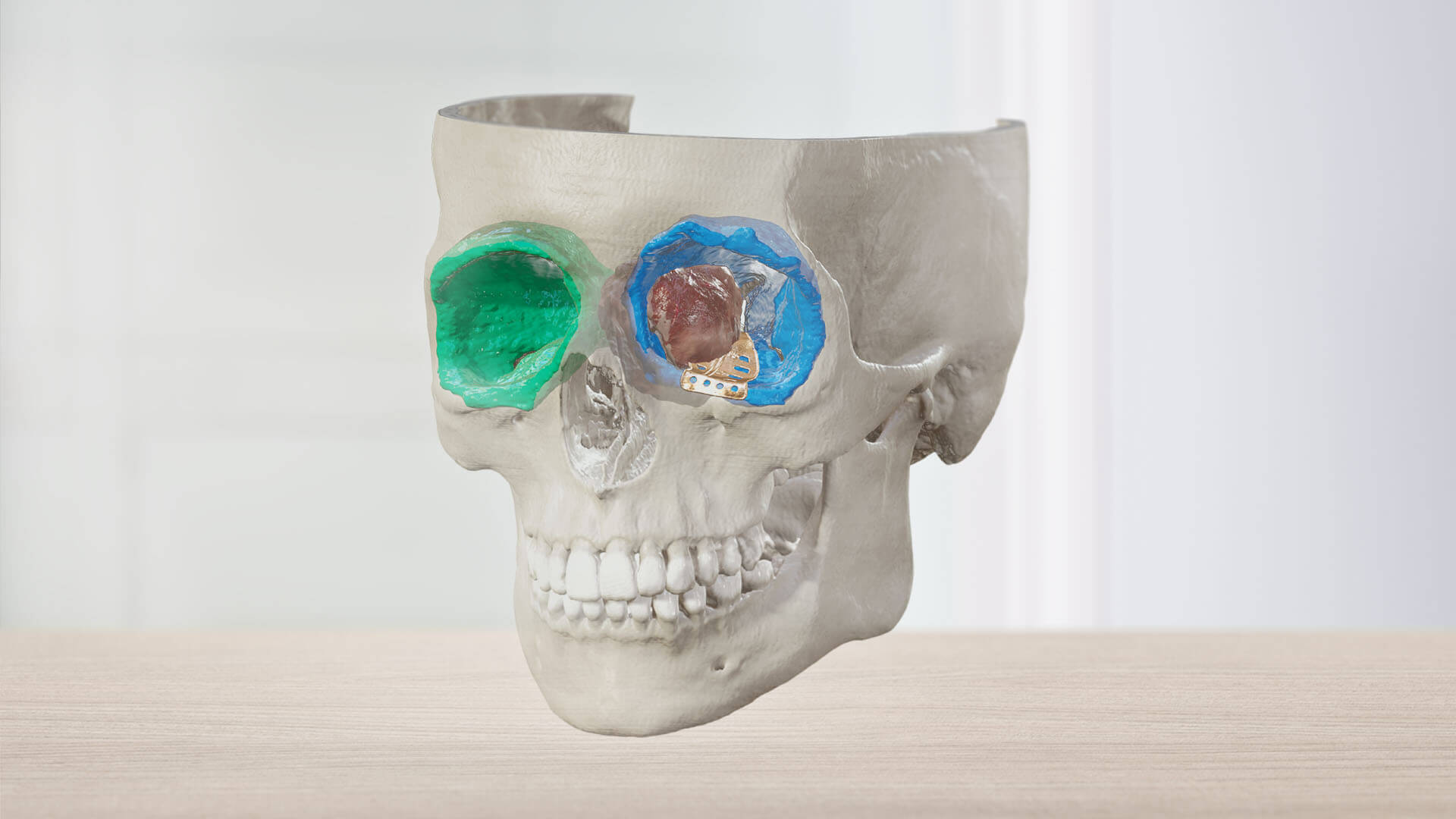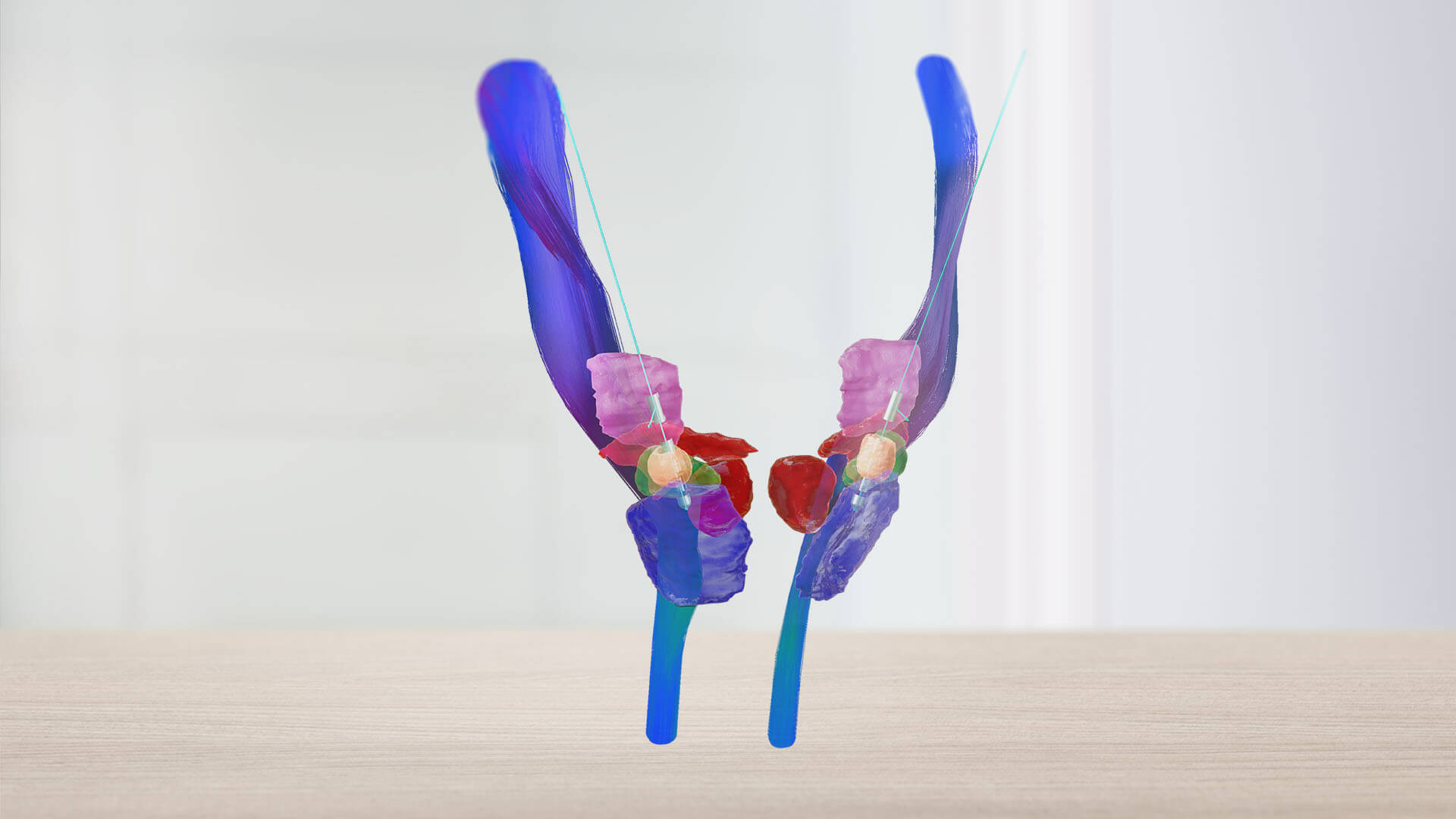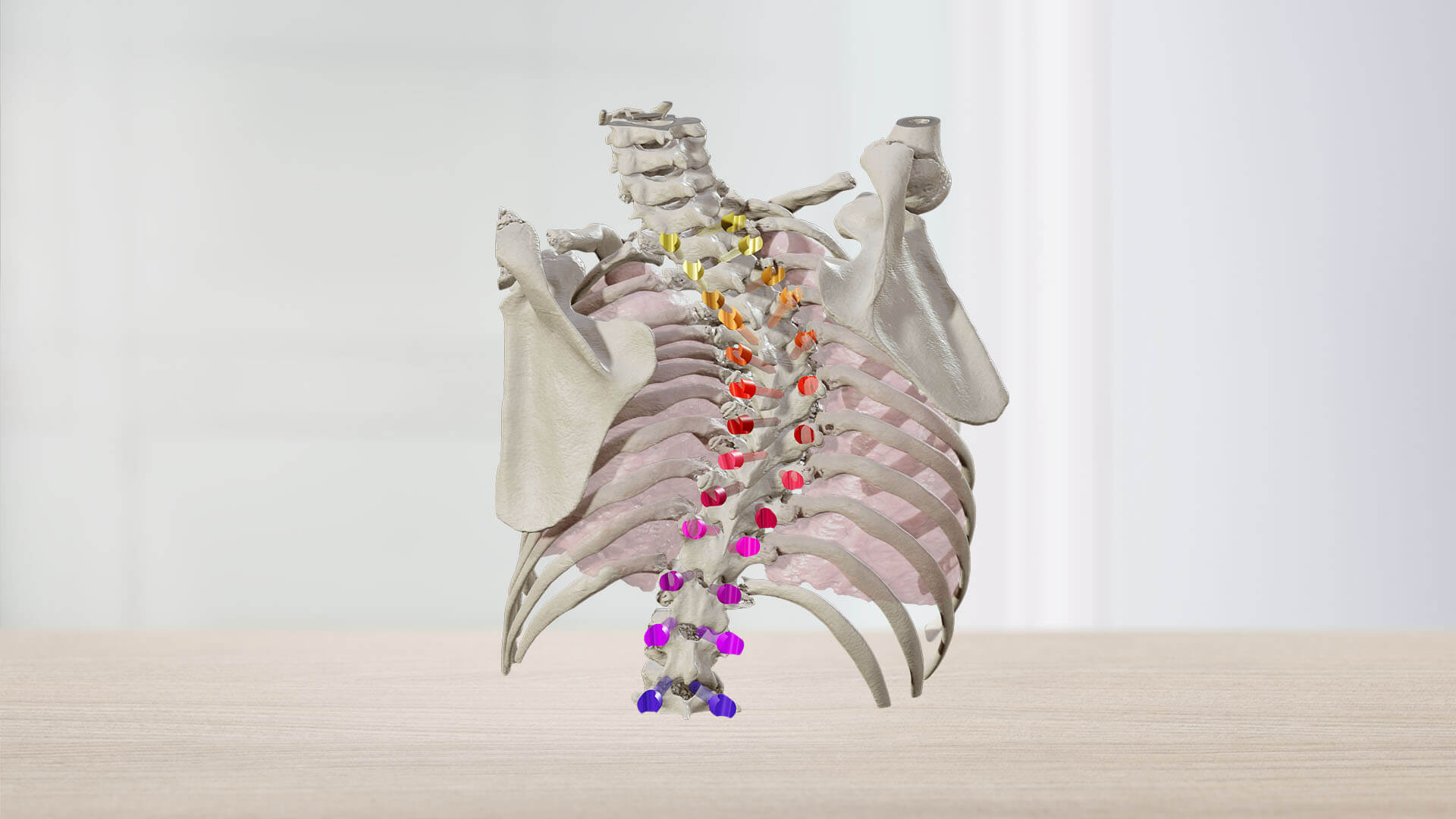Add a new dimension to patient data. The Brainlab Mixed Reality Viewer1 is a technology that produces hyper-realistic 3D patient data, enabling healthcare professionals to review patient data in an interactive and collaborative environment while gaining a high level of spatial anatomic orientation and awareness.
The Mixed Reality Viewer offers the benefits of a quick-to-produce, interactive digital environment that vividly displays patient anatomy, pathology and spatial relationships in 3D. When used in combination with Brainlab Elements, users also gain access to automatically segmented anatomical structures.
By incorporating Mixed Reality Viewer software and dedicated viewing hardware into the surgical planning review process, medical professionals can resize, zoom in and even walk through specific parts of a patient’s anatomy, enabling them to gain important additional insights that might not be visible on a 2D screen.
>110
>110 installations*
The Mixed Reality Viewer has been installed in over 110* hospitals around the world
96%
of customers**
96% of Brainlab customers claim to be more prepared for surgery after using the Mixed Reality Viewer
3D
Over 2D
Brainlab customers agree that reviewing patient-specific 3D models with the Mixed Reality Viewer allows for easier identification of anatomical structures compared to viewing them on a standard 2D screen
*As of October 2023
**Based on a 34-person customer survey
Easy integration into unique
clinical workflows
Combining powerful
mixed reality software
and Magic Leap hardware
The Brainlab Mixed Reality Viewer software is the foundation on which the mixed reality experience is built. This software combined with the power of the Magic Leap 2 spatial computing platform releases patient images from flat screens into the room.
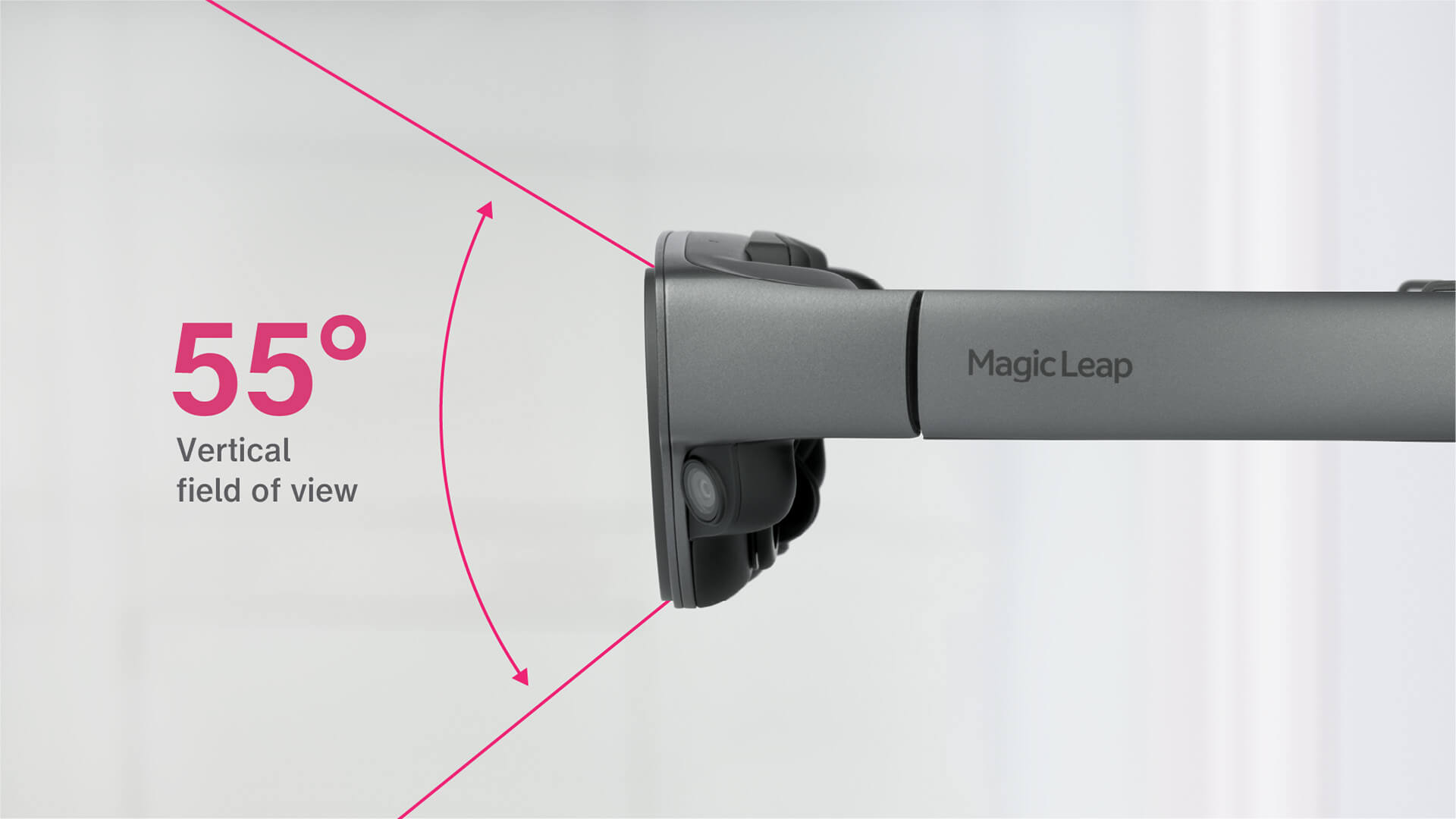
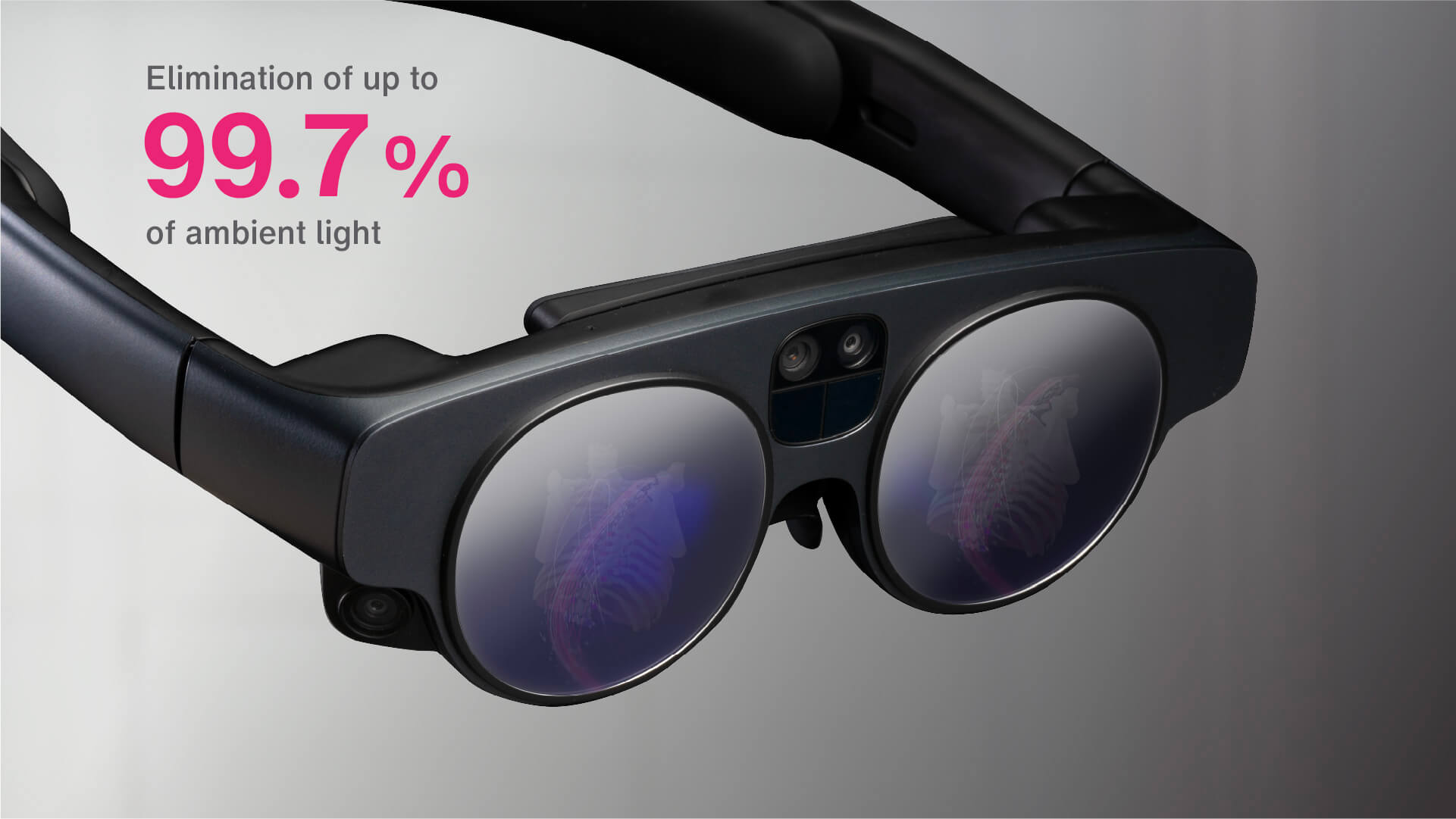
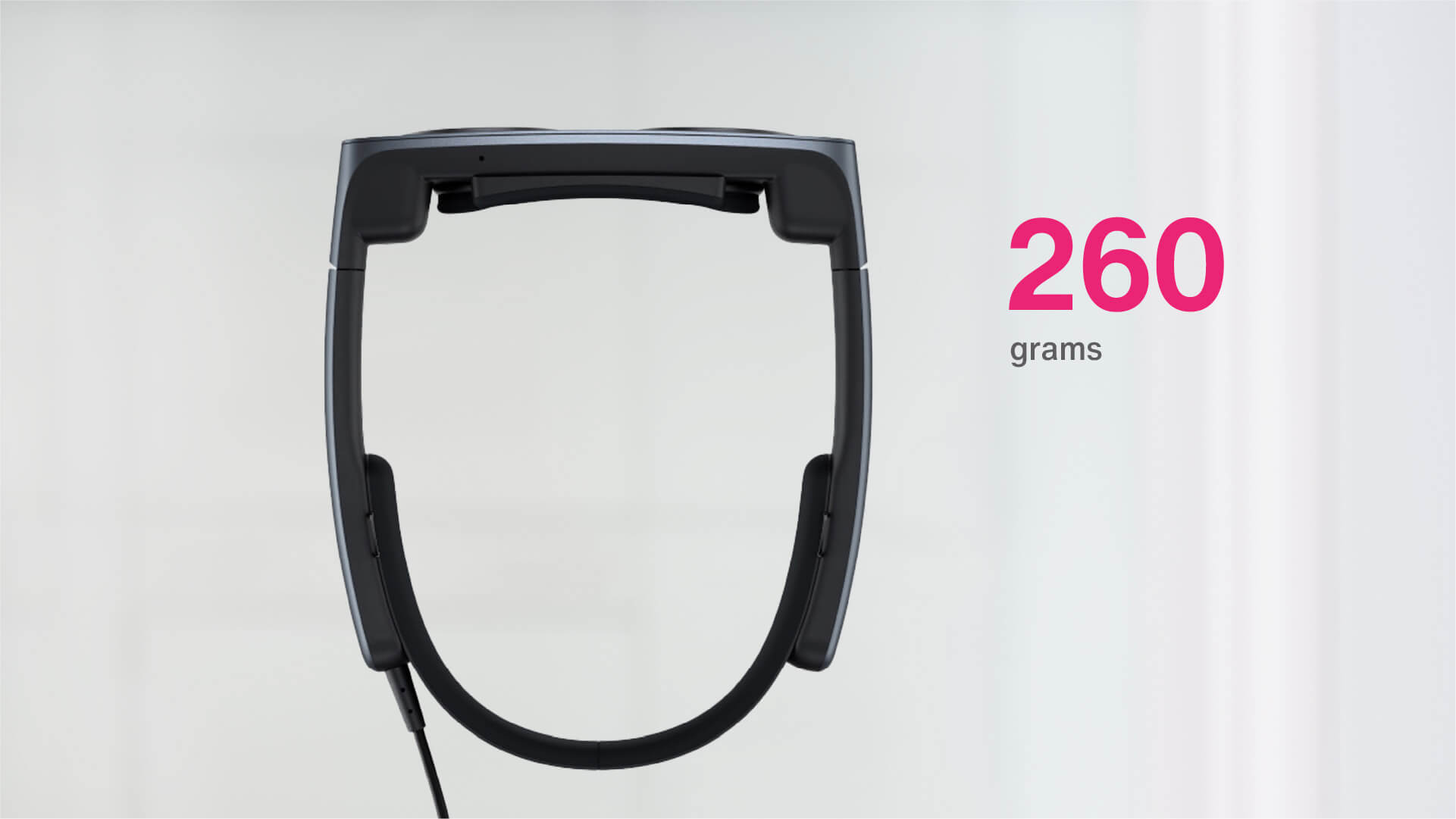
Develop your vision
for mixed reality
Learn more about mixed reality
and its role in healthcare
The use of mixed reality within the field of healthcare is at the beginning of an exciting journey.
The benefits of our mixed reality technology
can be applied to a variety of surgical indications
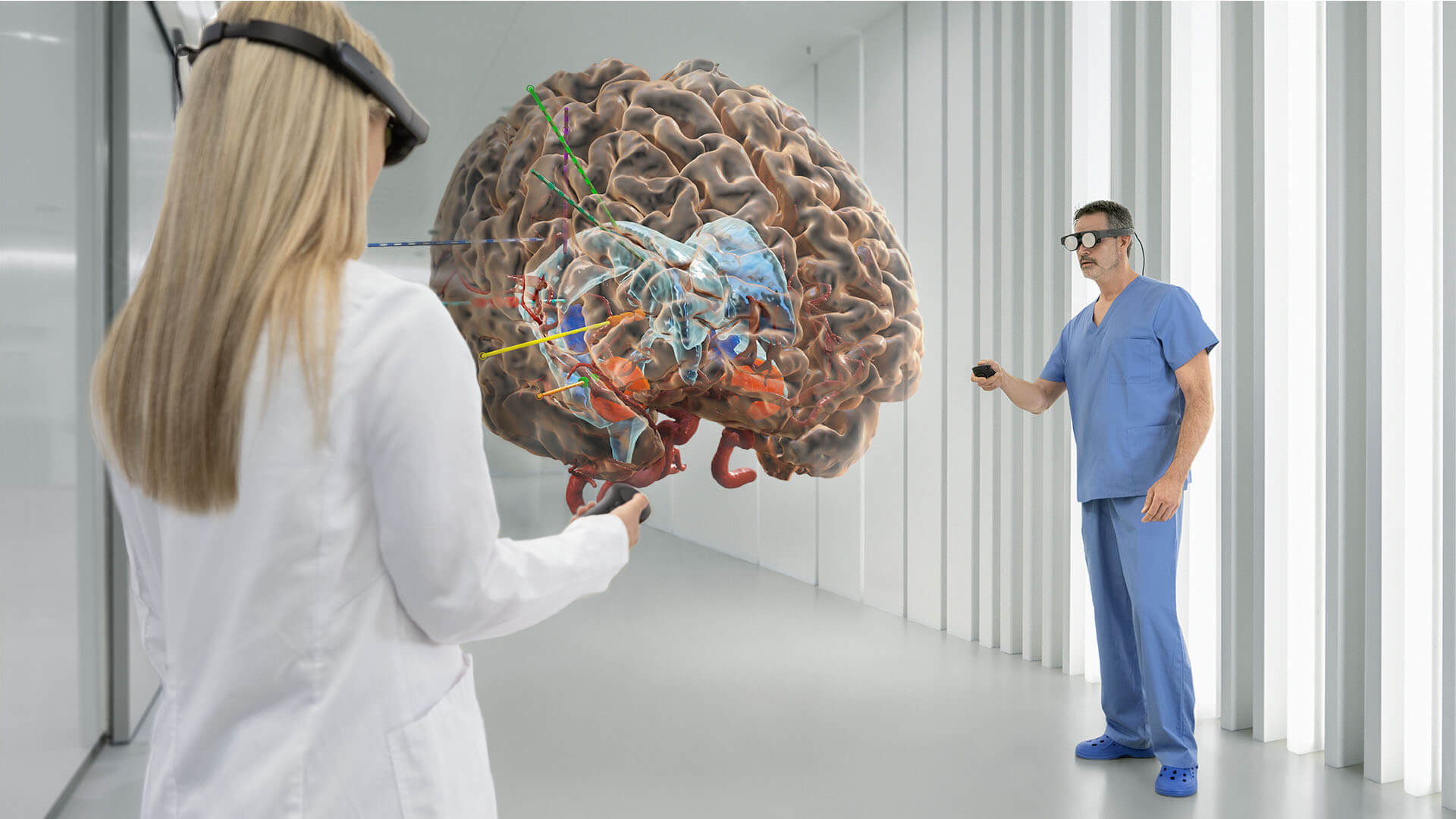
Functional Neurosurgery
Visualize the 3D relationship between patient-specific basal ganglia structures, 3D shapes of DBS/SEEG electrodes, stimulation field models and more.
Dicover more
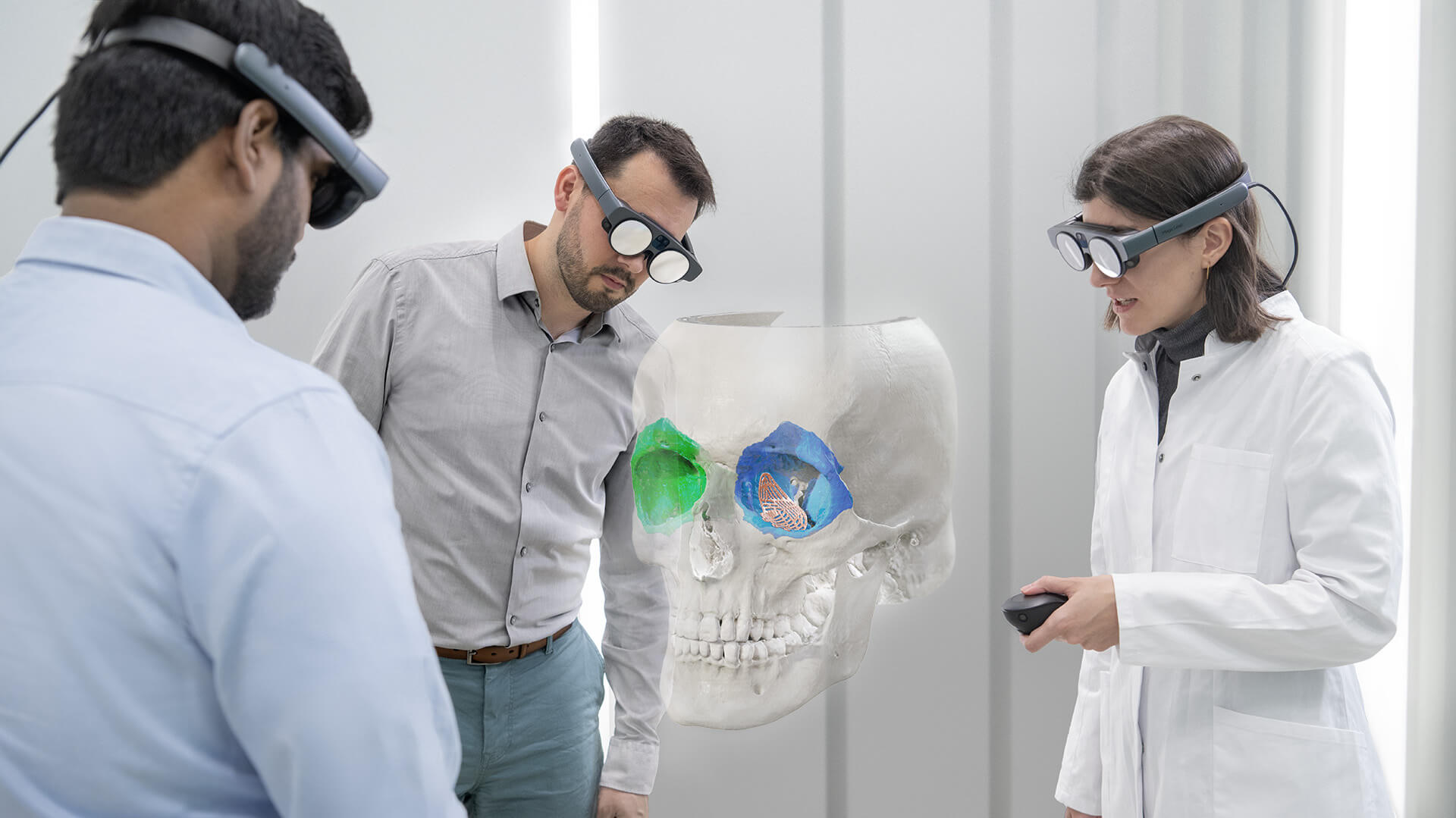
CMF Surgery
View the spatial relationships between bone, tumor and implant in 3D for CMF trauma fractures and tumor cases.
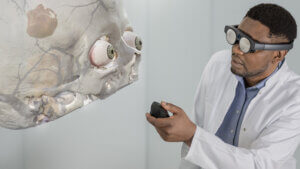
Neurosurgery
Peel through the brain layers to gain insights into tumor expansion and surrounding anatomical structures or vascular cases.
Discover more
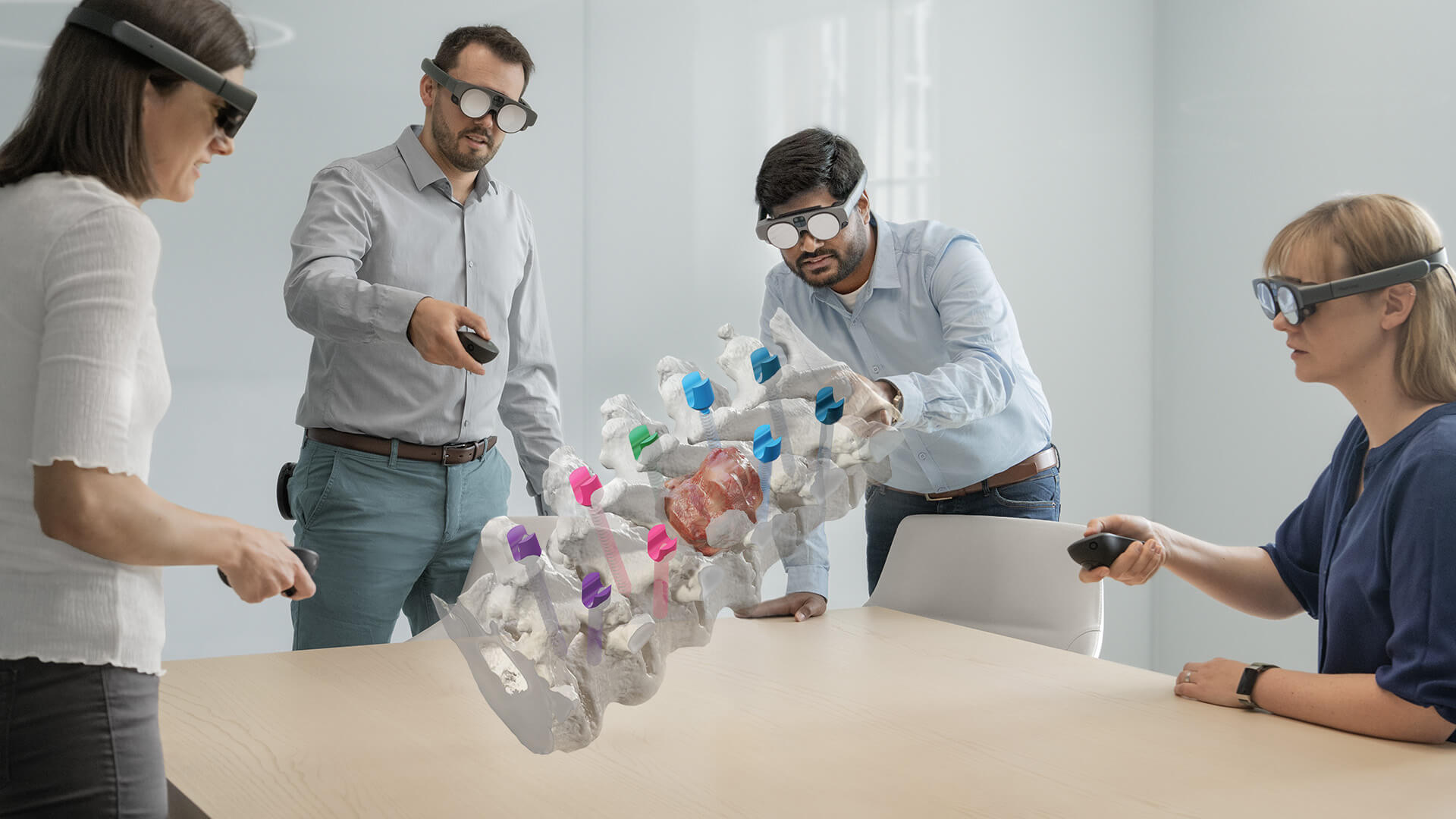
Spine
Review planned surgical procedures, anatomical structures and implant positions.
Explore mixed reality at Brainlab

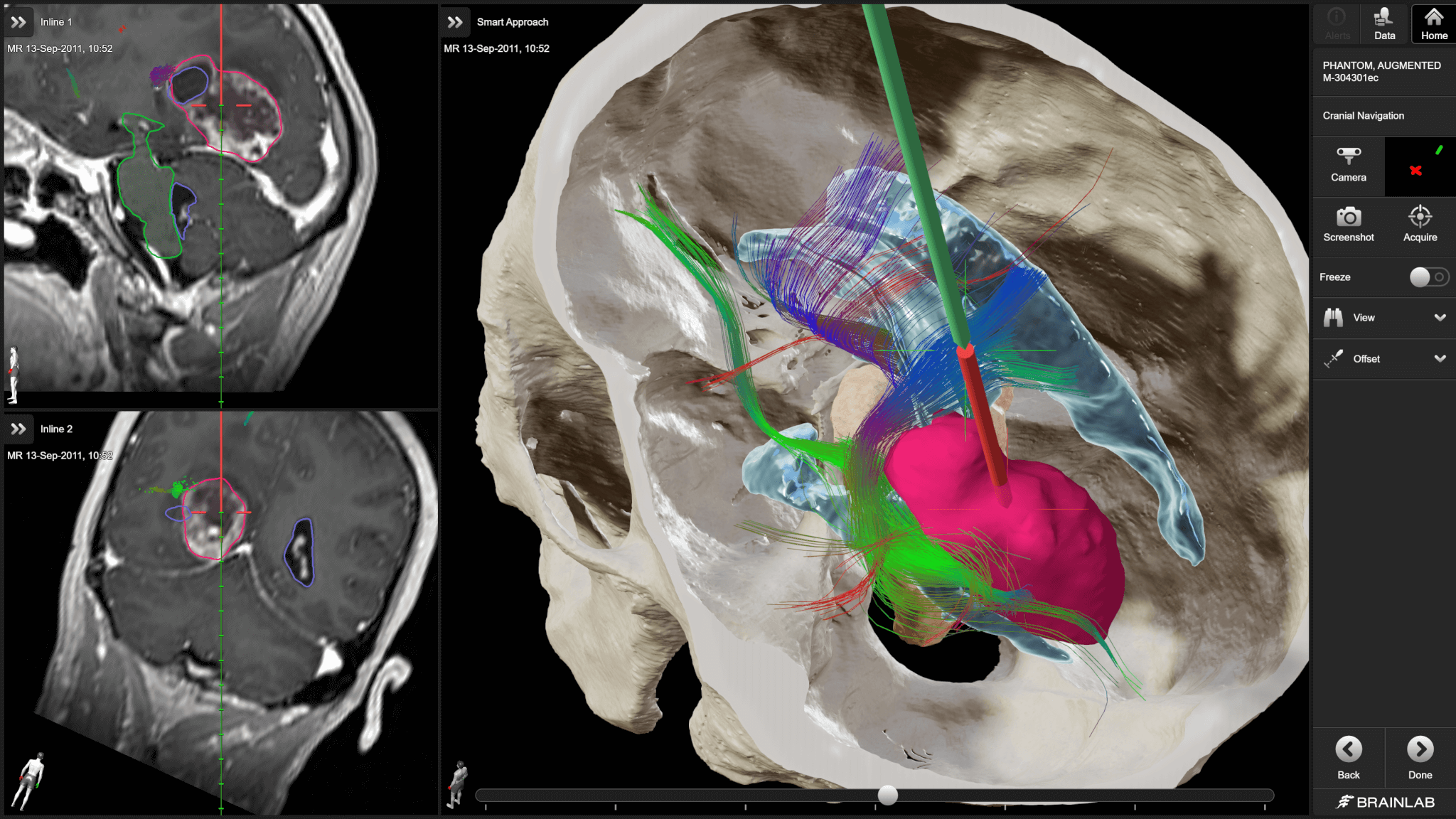
Mixed Reality vs. Augmented Reality vs. Virtual Reality: Their Differences and Use in Healthcare
Learn more
3D Printing vs. Augmented Reality: Comparing the physical and virtual for surgical planning
Learn more
Follow the flow
of data
Gain access to deeper insights with a combination of Mixed Reality Viewer software and dedicated viewing hardware
1
Not yet commercially available in several countries. Please contact your sales representative.
